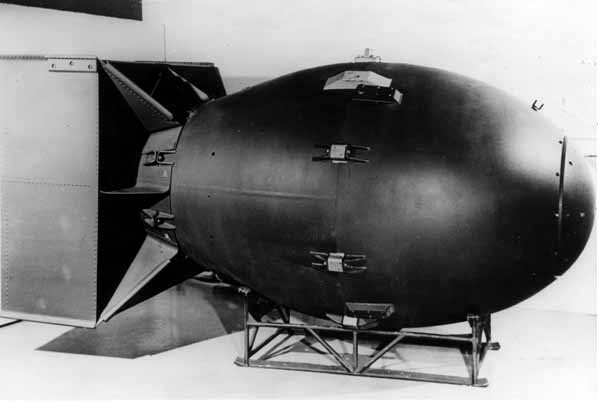
Background
World War II was fought by millions of people in all corners of the world. There were battles and military posts in surprising places. The Caribbean and Central America, Greenland, Alaska, and the Aleutian Islands, Iraq, Syria, Burma, and the Arctic are a few of the little known places that were involved. Every major country of the time was involved in the war.
Conflict in the Pacific began well before the official start of World War II. Seeking raw materials to fuel its growing industries, Japan invaded the Chinese province of Manchuria in 1931. By 1937 Japan controlled large sections of China and accusations of war crimes against the Chinese people became commonplace. At this time, several treaties were in place to limit the size of navies in the Pacific Ocean. In 1934, Japan ended its cooperation with other major powers in the Pacific by withdrawing from the Five Power Treaty. The United States, along with other countries, criticized Japanese aggression but shied away from any economic or military punishments.
Relations between the United States and Japan worsened when Japanese forces took aim at Indochina with the goal of capturing oil rich areas of the East Indies. Responding to this threat, the United States placed an embargo on scrap metal, oil, and aviation fuel heading to Japan and froze Japanese assets in the United States. Furthermore, the United States demanded that the Japanese withdraw from conquered areas of China and Indochina. Japan, sensing conflict was inevitable, began planning for an attack on Pearl Harbor by April, 1941.
The Japanese bombing of Pearl Harbor on December 7, 1941, brought the United States officially into World War II. In the surprise attack, Japan sunk several ships, destroyed hundreds of planes and ended thousands of lives. The Japanese goal was to cripple the U.S. Pacific fleet, and they nearly succeeded. President Franklin Roosevelt called the attack “a day which will live in infamy,” and the American people were shocked and angered.
The ensuing war was costly. Years of fighting brought the US armed forces closer and closer to Japan as they “hopped” from one island to another. The Japanese were vicious fighters, however, and every victory cost more time, material, and, sadly, lives. The last major battle, the fight for Okinawa, lasted almost three months and took more than 100,000 Japanese and American lives.
After President Roosevelt died on April 12th, 1945, it became Harry Truman’s job to decide how to end the war. The thought of invading Japan gave Truman and his advisors pause. The war had shown that the Japanese were fighting for the Emperor who convinced them that it was better to die than surrender. Women and children had been taught how to kill with basic weapons. Japanese kamikaze pilots could turn planes into guided missiles. The cost of invasion, they knew, would be high.
Upon becoming president, Harry Truman learned of the Manhattan Project, a secret scientific effort to create an atomic bomb. After a successful test of the weapon, Truman issued the Potsdam Declaration demanding the unconditional surrender of the Japanese government, warning of “prompt and utter destruction.” Eleven days later, on August 6, 1945, having received no reply, an American bomber called the Enola Gay left the Tinian Island in route toward Japan. In the belly of the bomber was “Little Boy,” an atomic bomb. At 8:15 am Hiroshima time, “Little Boy” was dropped. The result was approximately 80,000 deaths in just the first few minutes. Thousands died later from radiation sickness. On August 9, 1945, another bomber was in route to Japan, only this time they were heading for Nagasaki with “Fat Man,” another atomic bomb. After the first minute of dropping “Fat Man,” 39,000 men, women and children were killed. 25,000 more were injured. Both cities were leveled from the bombs and this, in turn, forced Japan to surrender to the United States. The war was finally over.
Today, historians continue to debate this decision. Was there another way to end the war?
Key Question
If you were President Truman in 1945, would you have dropped the bomb?
Materials
Documents to be examined:
- Newspaper clipping, “Japanese planes destroy US fleet at Pearl Harbor,” December 8, 1945
- Excerpts of Franklin Roosevelt’s speech to Congress, December 8, 1941
- Casualty statistics from World War II
- Excerpt of Proclamation Defining Terms for Japanese Surrender, July 26, 1945
- Letter from Henry Stimson to Harry S. Truman, April 24, 1945
- Letter from Harry S. Truman to Richard Russell, August 9, 1945
- Translation of leaflet dropped on the Japanese, August 6, 1945
- Petition to the President of the United States, July 17, 1945
- Minutes of meeting held at the White House, June 18, 1945